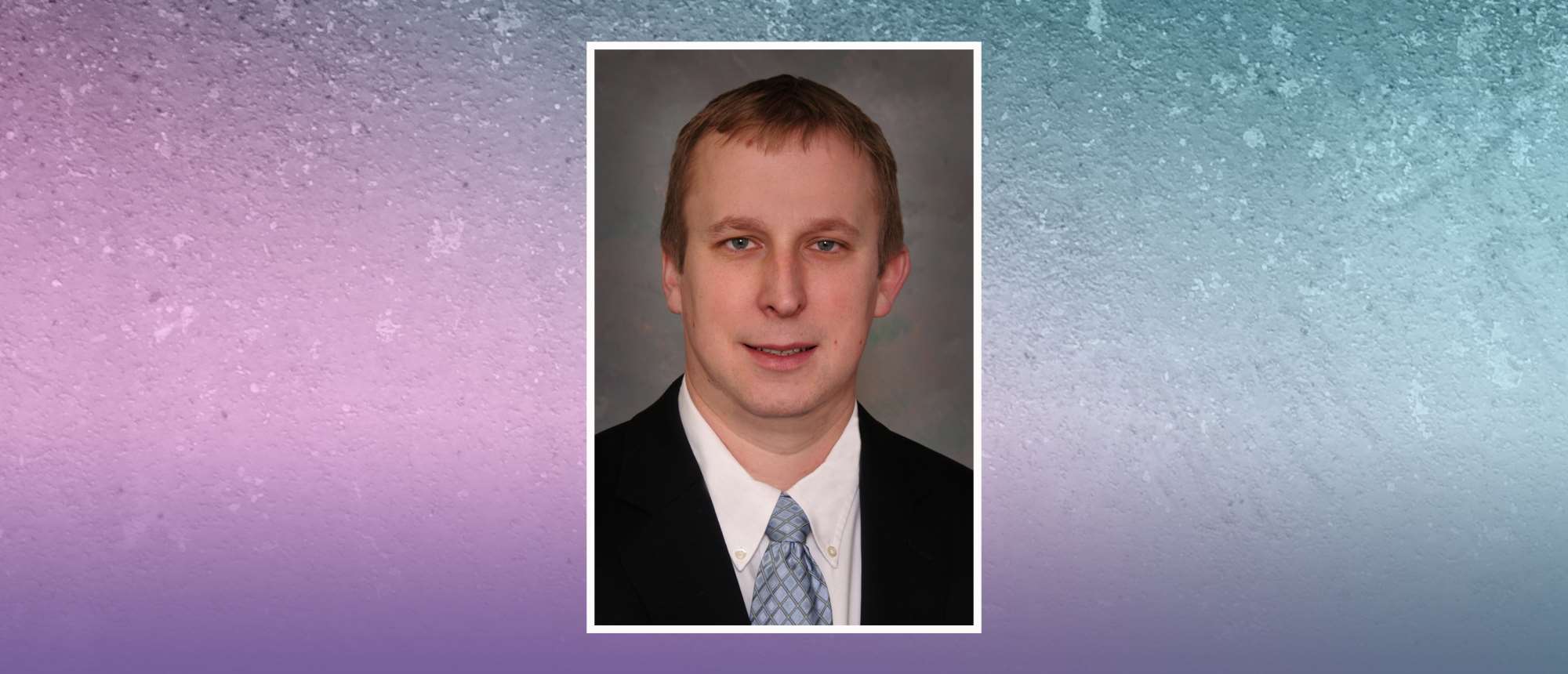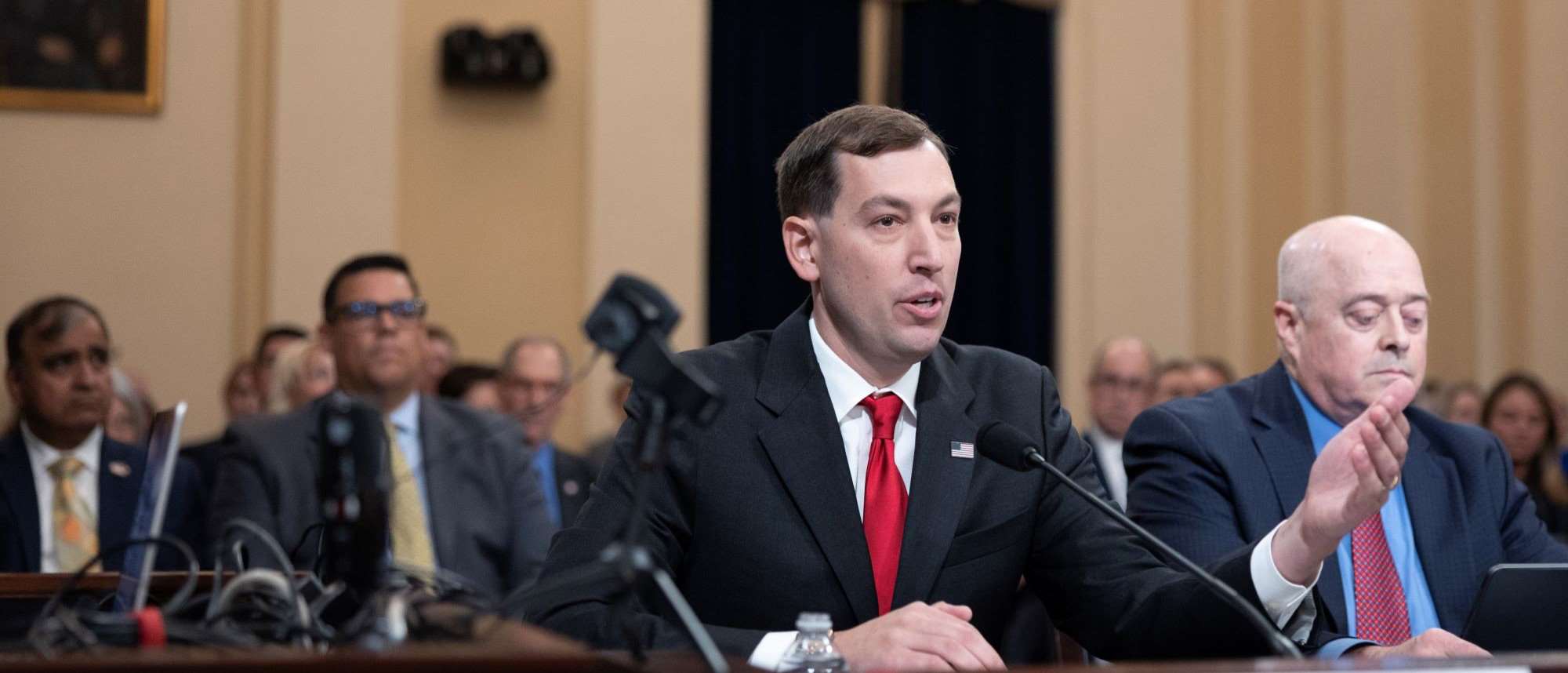Two Years Later, MCW Reflects on COVID-19: Dr. Nathan Ledeboer
Read previous in the series: Dr. David Nelson
Read next in the series: Dr. Karen MacKinnon

On March 25, 2020, Wisconsin Governor Tony Evers declared a Safer at Home order for the entire state due to the COVID-19 pandemic. With this announcement came a complete reconfiguration and adjustment of the health care system and society as a whole. With those large-scale changes, MCW faculty, staff and students all had to adjust how they worked and learned to continue to do their essential roles despite the anxiety they felt during an incredibly uncertain time.
As the two-year milestone since that fateful day approaches, we asked members of the MCW community to share how they adapted and overcame the challenges of the time. For this story, we interviewed a handful of MCW faculty, staff and students to learn more about their experiences. These interviews will be released individually as part of an ongoing series with the intention of reflecting on this unique time.
Nathan Ledeboer, PhD, professor of pathology & laboratory medicine; medical director of clinical microbiology; medical director of molecular diagnostics
What was your role prior to the pandemic, and how did the pandemic change it?
The biggest impact the pandemic had on my role as medical director of clinical microbiology is that it became considerably larger as the risk and magnitude of the pandemic grew. When we initially heard there was a new virus circulating in China, we began to more closely monitor its spread to other countries. By mid-February 2020, we decided that we would need to develop a test and be ready to start testing patients within days. This meant that we needed to be a part of the national conversation that lobbied the FDA to allow academic laboratories to develop tests for SARS-CoV-2 while also ensuring that the test we were developing would perform as designed – on a virus where we didn’t even have access to its genetic material.
We truly expected SARS-CoV-2 to be like the 2009 H1N1 pandemic, where we may test 200-500 people per day. However, as the pandemic began to expand within the US, we knew that as one of the only academic health systems in Wisconsin, we would need to provide testing to support a large portion of Wisconsin. During the early phases of the pandemic, I would jump from hospital administration and capacity meetings to working on shipping logistics. At one point in 2020, we were providing testing for approximately a third of the state of Wisconsin, and we ended up hitting a record of testing almost 8,000 patient specimens in a 24-hour period, something the microbiology team at Wisconsin Diagnostic Laboratories (WDL) should be incredibly proud of.
Thinking back to the beginning of the pandemic, what were the most challenging aspects of your role?
Making sure that the lab staff remained safe so we could continue to provide testing for our patients. Beyond staffing, the biggest challenge both early and throughout the pandemic has been the supply chain. Trying to keep our health system stocked with test kits, collection kits and reagents has been a great challenge. This was exemplified during the Omicron wave of the pandemic where we needed to provide testing for up to thousands of MCW and Froedtert staff with results available in less than one hour so that we could ensure there were enough health care workers to care for our patients. Keeping the test kits that we needed required the effort of an entire team. We were grateful for all of the relationships we have maintained throughout our research efforts as those relationships helped us to get the testing supplies we needed.
What has surprised you most about this time?
I continue to be amazed at how well a diverse team from multiple specialties came together to ensure that any patient that needed care or testing, received it. Additionally, when the microbiology team at WDL became overwhelmed with testing requests, it was incredible to see staff from across the lab volunteer to help support patients that needed COVID testing. I am so proud of our laboratory team and what they accomplished.
How has your team grown over the course of the pandemic?
Our clinical lab team has grown by more than 20 percent as a result of the pandemic. Furthermore, each member of that team has individually grown in their areas of expertise. The MCW Clinical Microbiology Research Team has also doubled in size and the number of research studies under contract. The pandemic demonstrated the importance of rapid and accurate lab results. It has also demonstrated that patients want testing options closer to their home. This has revitalized the clinical laboratory and how we deliver test results. Each of the new tests that are developed and go through FDA clinical trials need academic partners to help with the development and regulatory studies. We are working hard every day to ensure that MCW is a leader in this space.
What are some key lessons that you learned during these past two years that you can take forward into the future?
The biggest lesson that I have gained is perspective into the health system. Since the pandemic, I have been able to work with leaders from diverse areas like GI, surgical services, nursing, IT and supply chain. I have improved my ability to navigate a large organization and have learned how to advance change in a large organization that can be resistant to change.
The second lesson is that when the supply chain is challenged, plan for delays and only account for things that are in your possession. Everything else is fluid!
The third lesson is to believe in your team. I am so lucky to be surrounded by fantastic colleagues. My faculty colleague and fellow medical director of the clinical microbiology lab, Dr. Blake Buchan, is a rock star. Together we ensured that our clinical colleagues were supported, and the lab continued to operate. Without Dr. Buchan, we would not have enjoyed the level of support we were able to provide to the hospital. Our WDL laboratory team and our microbiology research team did all of the hard work; without their tireless efforts, we would not have been able to rise up.
Fourth, always continue to improve. Very quickly during the pandemic we understood that we would need to make specimen collection from testing easier to obtain and access, so we validated less invasive methods for specimen collection. While we are proud that our testing turnaround never exceeded an average of 24 hours, we also knew that we needed to push that boundary to provide results in less than 2 hours whenever we could.



